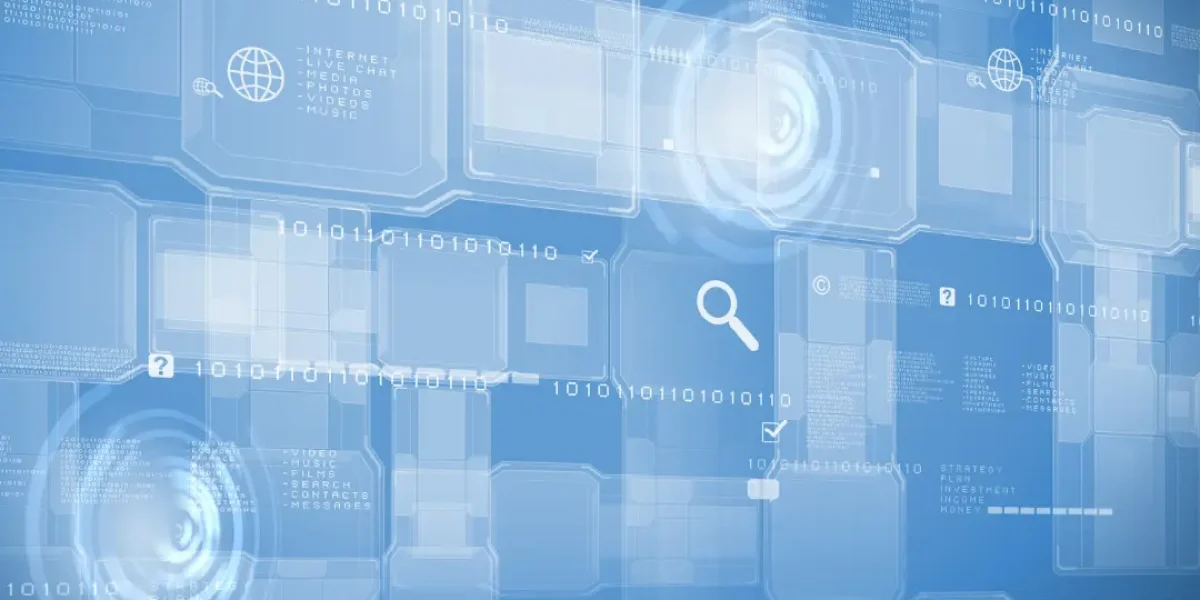The sharing and formation of rules has had an unrecognizable evolution since the circulation of handwritten copies. Today the art of both rulemaking and complying to laws, standards, and guidance is a highly complex system with many key stakeholders offering valuable input to the process. And with the conception of new technologies on an almost daily basis, computers are taking on a larger role within the conversation.
But it is hard for many people working in the legislative, regulatory or regulated sectors to understand where tools like AI fit into their daily lives. In the rigorous world of rules there is no room for errors. So how can you experiment with a new solution or software?
A Solution that causes More Problems
AI has heralded the fourth industrial revolution, and with that, endless possibilities. But the trade-off seems to be a loss of accuracy and less thoughtful deliberation. With reports of hallucinations as common as touted increases in productivity, a lot of people are left questioning how much you can really trust a machine.
There is the notion that simply feeding information to AI automatically results in a more productive workflow. In sectors where a simple mistake like a typo can have massive consequences, the risk often outweighs the reward. There are also questions about how these machines process and store what is, at times, sensitive data.
So, it’s clearly ineffective to view AI as a fellow Subject Matter Expert (SME). Yet, this doesn’t mean there are no potential use cases with new technology. Machines can be utilized to assist with tasks such as summarization, simplifying complex language, and monitoring regulatory changes. However, a shift in attitude to view Gen AI as more of a “Digital Intern” can enable professionals to get the most functionality from it.
So how can these solutions strengthen the institutes of rules, regulations and legislature?
“Technology is a useful servant but a dangerous master.“
-Christian Lous Lange, Nobel Peace Prize Winner
The crossover between content and knowledge
The great minds that come together in rule-making and rule-taking processes have years of knowledge that is then transformed into large swaths of documents and content. That knowledge is of value to humans and machines alike. Modern component content management systems (CCMS) categorize content and transform it into modular pieces that AI can understand and work with.
Rather than treating a document as a single block of text, these systems allow for information to be broken down into reusable, context-aware pieces. This structured approach paired with a technique called Retrieval Augmented Generation (RAG), enables AI to accurately surface relevant clauses, flag potential inconsistencies, and summarize past changes. It is less about rigid formatting and more about clarity and reusability that supports smarter systems.
For drafting attorneys, subject matter experts, and wider teams working in this space, this means AI can finally become useful in a way that respects their domain expertise. The goal isn’t to replace human expertise, but to extend it efficiently and safely. For professionals who spend much of their time tracking edits, cross-referencing updates, and validating compliance, this turns hours of manual effort into minutes of review.
Old formats with New Functions
A key part of this transformation is recognizing the evolving role of formats like the PDF. While often seen as static, the PDF continues to hold importance as a trusted, distributable ground truth. For many professionals, the PDF is still the preferred medium to communicate and share their intellectual property.
In an AI-driven world, this isn’t a limitation but an opportunity. These formats can serve as stable, authoritative sources from which AI can reference and learn, anchoring outputs in verified content. As the interface between formal documents and responsive AI systems strengthens, the result is not just speed and scale, but reliability and accountability.
The Road Ahead
The institutes of rule-making and rule-taking are at a crossroads. The pressure to move faster, publish more, and respond to change in real time is growing. But so is the opportunity to build smarter systems that protect the integrity of the work and make the lives of the people doing it more manageable. With structured content and responsible AI, these tools can earn their trust by working the way they do carefully, contextually, and with accountability.
The future won’t be defined by AI alone, but by how well we integrate it into human systems. Embracing new technologies can shift from a world of regulatory overload to one of regulatory intelligence. A world where those who make and interpret the rules are empowered, not overwhelmed.
Read below to understand how machine learning can be utilized by standards development organizations.

